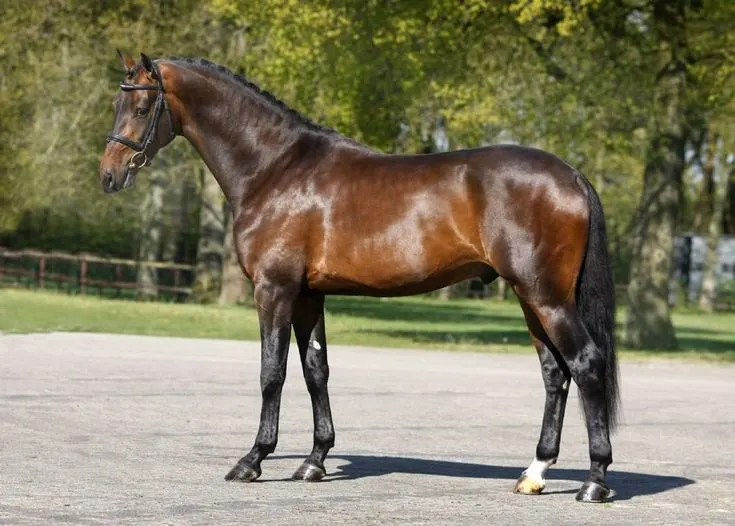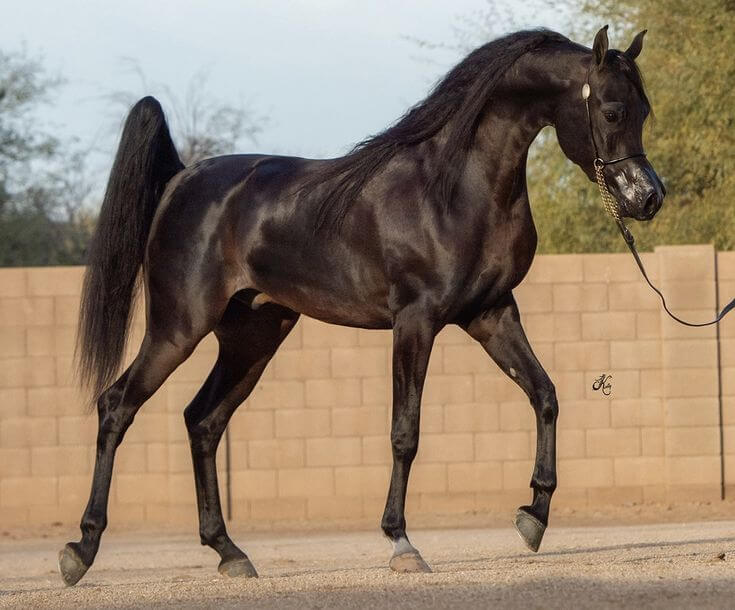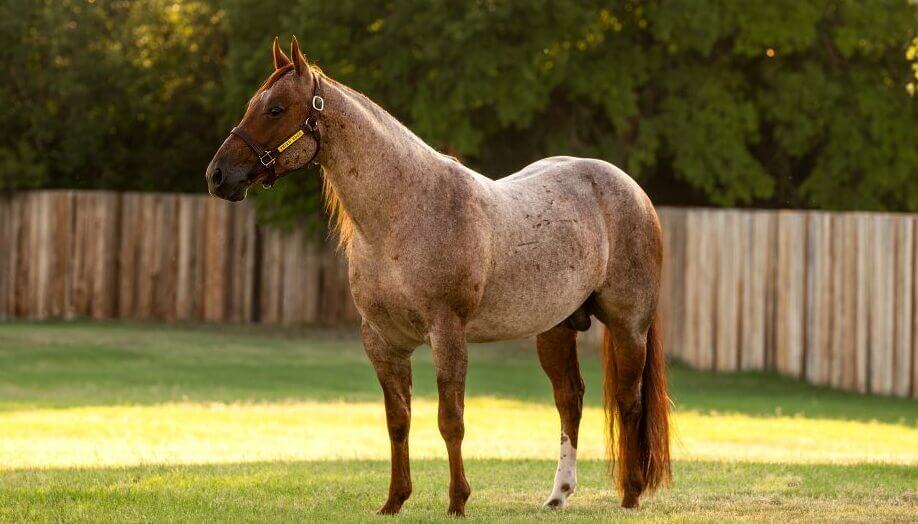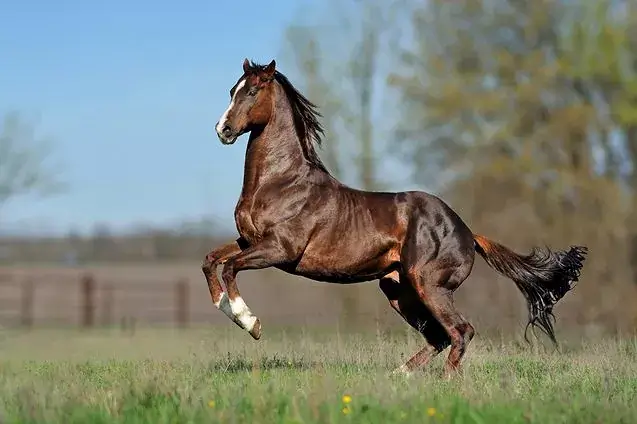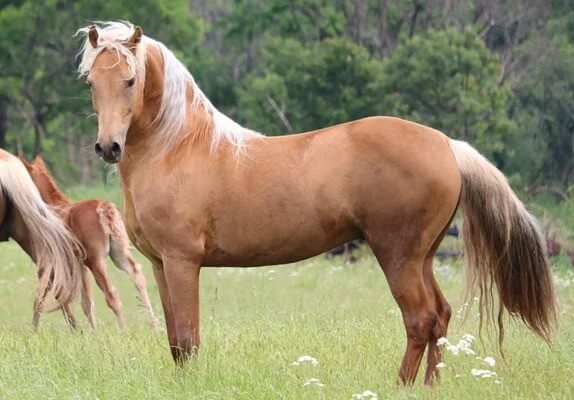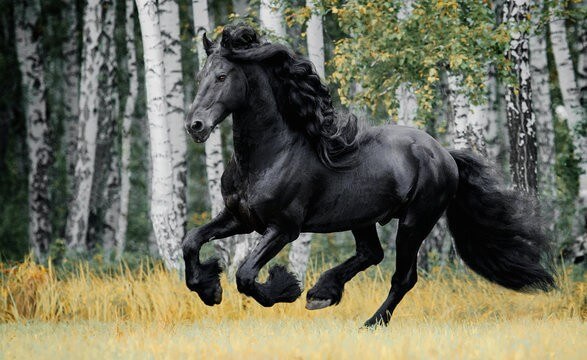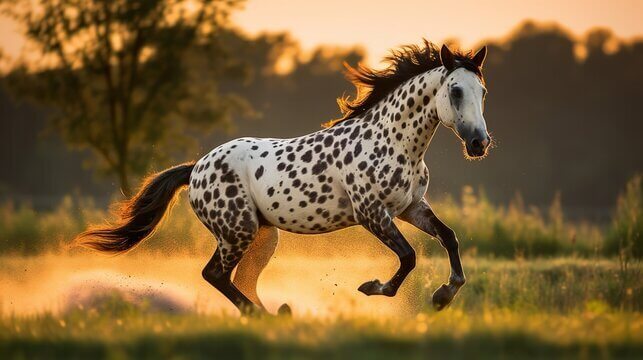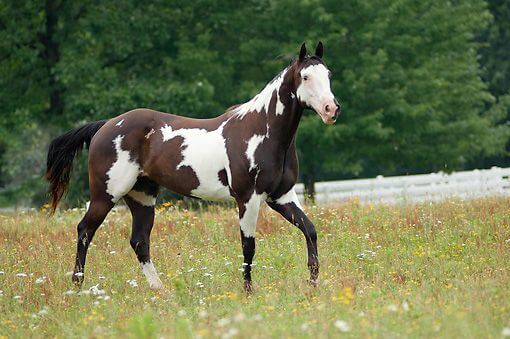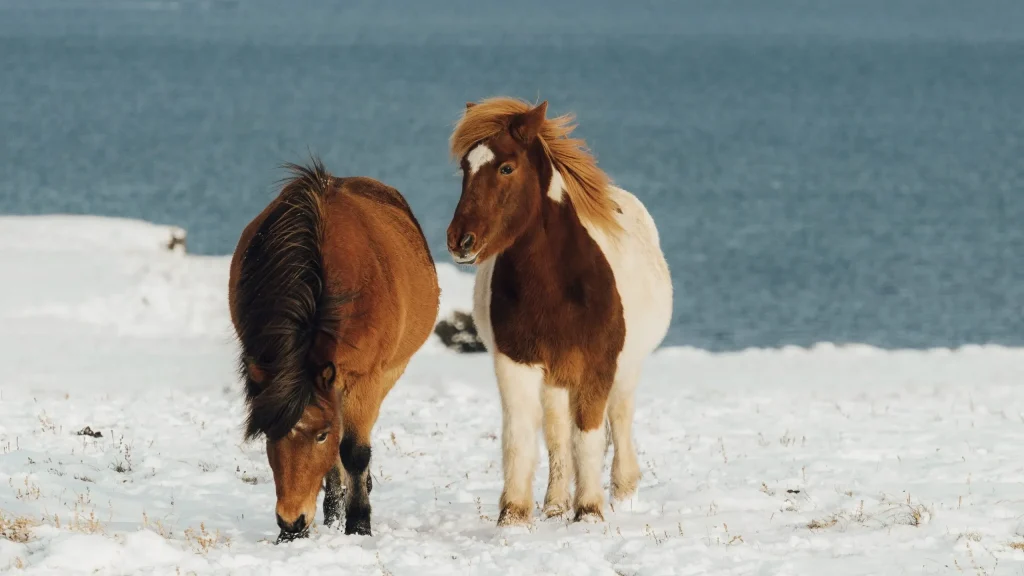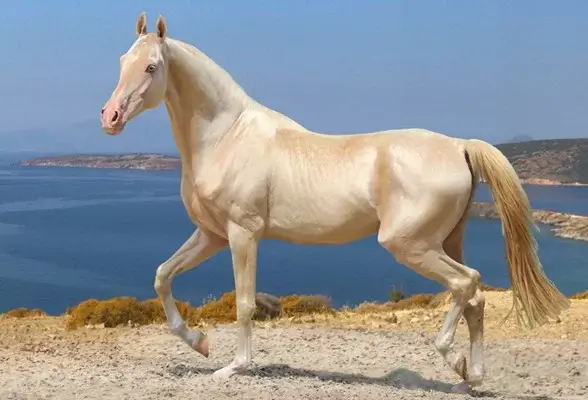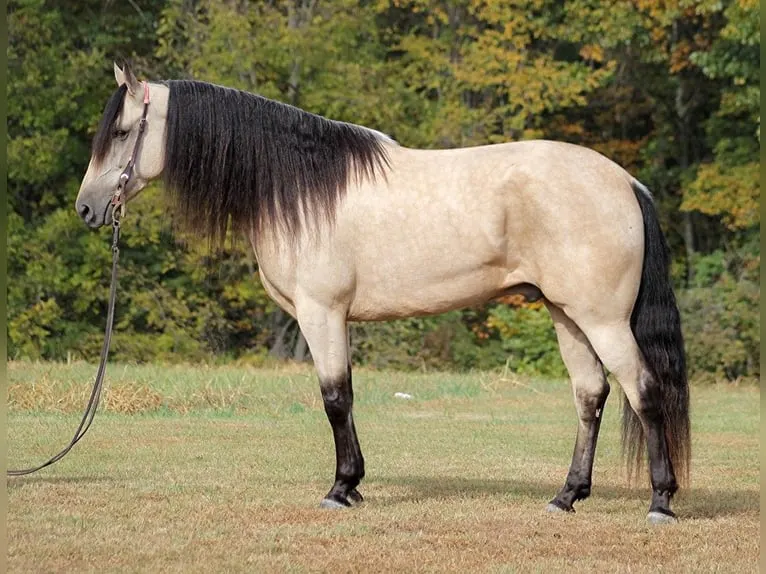🌟 Introduction
The Warmblood horse is one of the most popular choices for competitive equestrian sports. Known for their athleticism, calm temperament, and adaptability, Warmbloods are commonly seen in dressage, show jumping, and eventing. With their European roots and carefully refined bloodlines, these horses offer both beauty and performance.
📜 History and Development
Warmbloods originated in Europe, especially in countries like Germany, the Netherlands, and Denmark. Unlike hot-blooded breeds such as Arabians or cold-blooded draft horses, Warmbloods are a mix—bred for balance. Farmers and horse breeders selectively developed these horses by crossing local mares with hot-blooded stallions, creating a line that was both strong and agile.
🧬 Physical Appearance
Warmbloods are large, powerful horses that typically stand between 15.2 and 17.2 hands high. They have long legs, a deep chest, and a well-muscled body. Their heads are refined, and their overall build is elegant but strong, perfect for high-level performance. Coat colors vary widely, including bay, black, gray, chestnut, and even palomino.
🧠 Temperament and Personality
These horses are known for their calm, cooperative, and friendly nature. They’re intelligent and easy to train, which makes them suitable for both professionals and advanced amateurs. Unlike hot-blooded breeds, Warmbloods are not easily spooked. Their level-headed attitude is one of the main reasons they excel in competitive settings.
🎯 Common Uses and Sports
Warmbloods dominate Olympic and international-level equestrian sports. You’ll frequently see them in:
- Dressage
- Show Jumping
- Eventing
- Driving
Their strength, flexibility, and endurance make them ideal competitors across various disciplines.
🥗 Nutrition and Diet
Like most large horses, Warmbloods require a balanced diet rich in hay, grains, and supplements. They burn a lot of energy due to intense training, so feeding programs must be designed carefully. It’s also important to provide fresh water and allow regular grazing.
🩺 Health and Lifespan
Warmbloods are generally healthy but can be prone to joint issues due to their athletic build. Common conditions include arthritis and navicular syndrome. Regular vet checks, hoof care, and appropriate exercise are vital to maintaining their well-being. Their average lifespan is 20–25 years.
🛁 Grooming and Maintenance
Grooming should be done daily, especially for horses in competition. This includes brushing the coat, checking hooves, and cleaning eyes and nostrils. Regular baths and mane/tail care keep them looking show-ready. Don’t forget dental check-ups and deworming routines.
👨👩👧👦 Compatibility and Ownership
Warmbloods are well-suited for committed riders, whether professionals or serious hobbyists. They bond well with their handlers and appreciate consistent training and care. Families with equestrian backgrounds often choose Warmbloods for teenagers entering serious competition.
📌 Popular Warmblood Breeds
Some of the most famous Warmblood breeds include:
- Hanoverian
- Dutch Warmblood (KWPN)
- Holsteiner
- Oldenburg
- Swedish Warmblood
Each of these breeds has specific traits, but they all maintain the core qualities of strength, agility, and gentleness.
🌟 Fun Facts About Warmbloods
- Warmbloods dominate most Olympic equestrian events.
- They are evaluated through strict breed registries.
- “Warmblood” refers to their temperament, not body temperature.
- Many bloodlines are regulated by European studbooks.
- Some Warmbloods can cost over $100,000 due to training and lineage.
❓ Frequently Asked Questions
Q1: Are Warmbloods beginner-friendly?
A: They can be, especially with proper training. Their calm nature helps newer riders gain confidence.
Q2: What disciplines are they best for?
A: Dressage, show jumping, and eventing are their specialties, but they also do well in driving and pleasure riding.
Q3: Do Warmbloods need special care?
A: Due to their size and athleticism, they benefit from specialized nutrition and joint care.
Q4: Are Warmbloods expensive to keep?
A: Yes, they often require higher maintenance due to training, diet, and competition needs.
Q5: How do they differ from Thoroughbreds?
A: Warmbloods are more muscular, calmer, and built for versatility rather than sheer speed.
✅ Conclusion
The Warmblood horse is the ultimate athlete of the equestrian world. Their balance of strength, grace, and intelligence makes them a top choice for serious riders across the globe. With the right care and training, they are not just competitors—they’re champions.
🐎 Warmblood Horse for Sale
Warmblood horses are a versatile group of middle-weight horse breeds known for their athleticism, calm temperament, and suitability for equestrian sports like dressage, jumping, and eventing. Popular Warmblood breeds include Hanoverians, Dutch Warmbloods, and Holsteiners. Explore the listings below to find Warmblood Horses for sale in your country.
- Warmblood Horse for Sale in Australia
- Warmblood Horse for Sale in Canada
- Warmblood Horse for Sale in Pakistan
- Warmblood Horse for Sale in India
- Warmblood Horse for Sale in Indonesia
- Warmblood Horse for Sale in United Arab Emirates
- Warmblood Horse for Sale in Philippines
- Warmblood Horse for Sale in Nigeria
- Warmblood Horse for Sale in Malaysia
- Warmblood Horse for Sale in United States
- Warmblood Horse for Sale in United Kingdom
